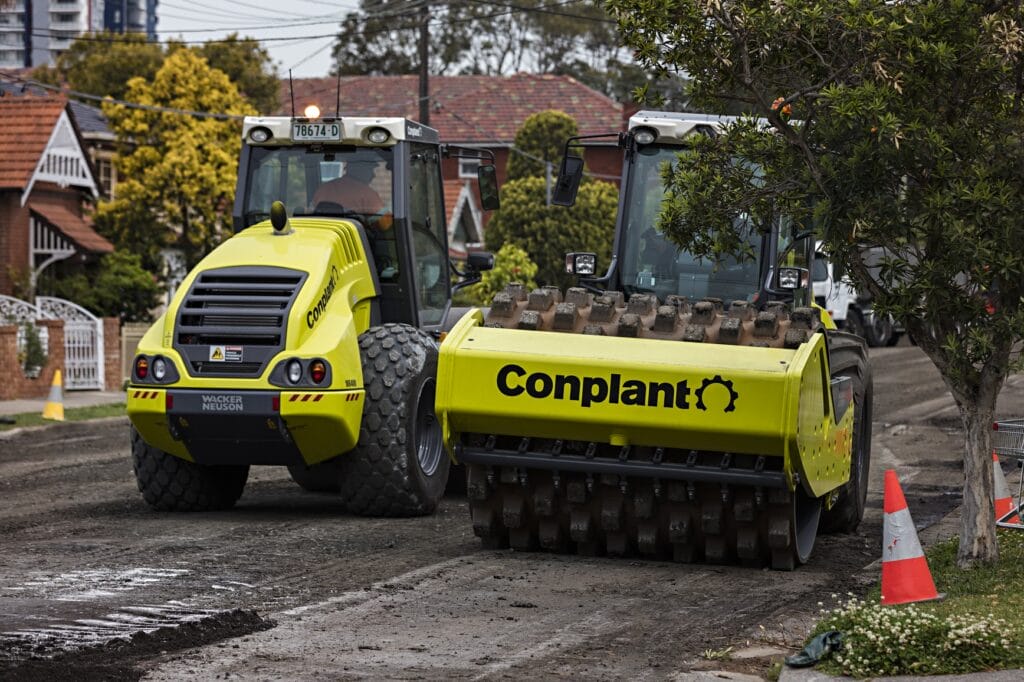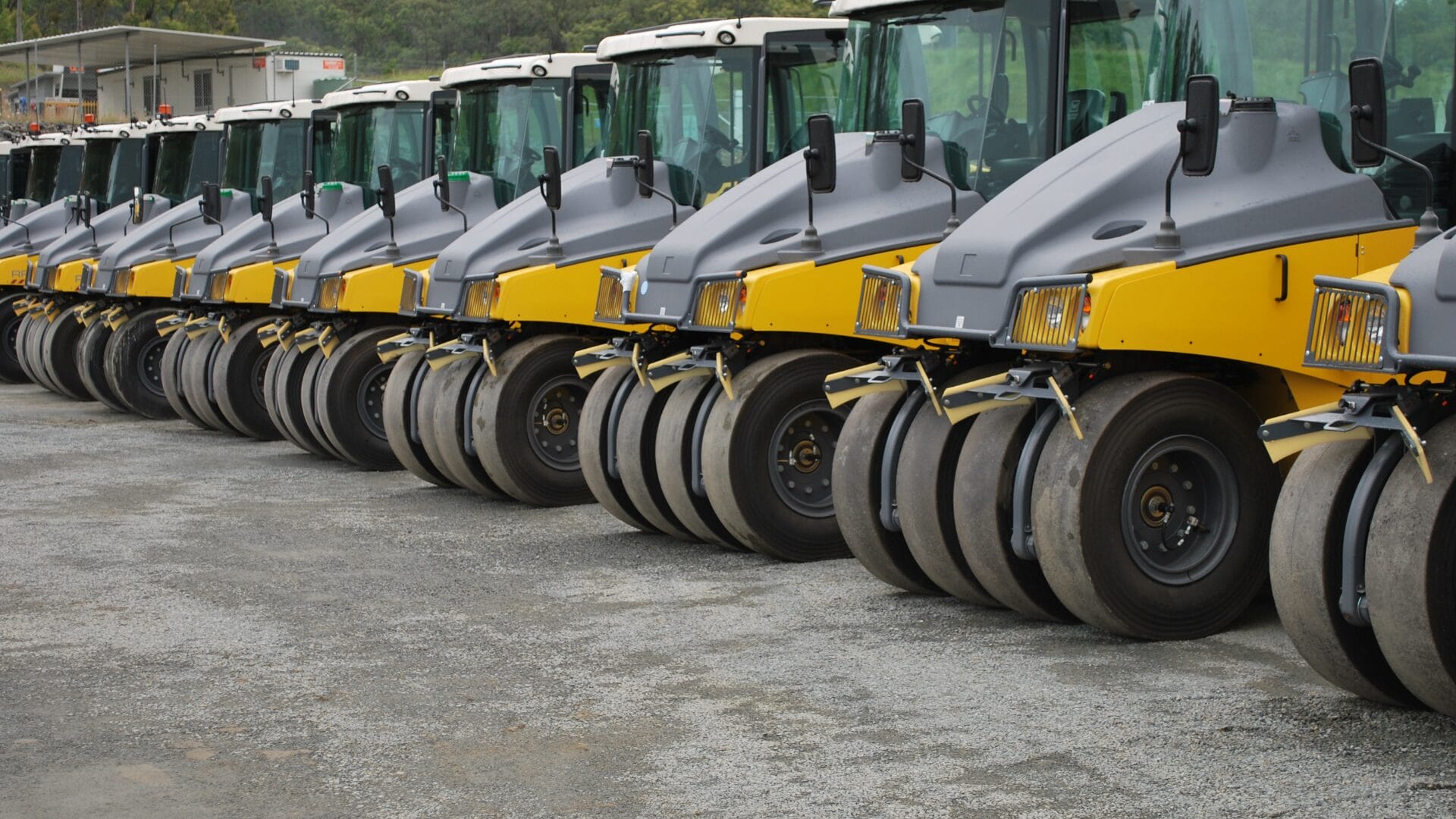If you make a living out of using heavy equipment, you’ll know that one of the largest consumable items on any project is fuel. Reducing commercial fuel costs is like putting money back in the bank.
Over the years we’ve refueled a lot of rollers and visited many a job site, so we speak from experience when we share a few tips on the best ways to reduce your commercial fuel costs.
4 Simple ways to save on commercial fuel costs
1. Use the right equipment for the job
Always use the right size and type of roller for the job. Don’t run a 25t roller when a 12t roller will do the job, or a smooth drum roller when a padfoot roller is required.
Compaction rollers come in a large range of sizes, so it’s often about choosing the roller that can finish the job in the least number of passes – If you’re compacting a narrow footpath choose a narrow roller, for example.
Click here to read about the best rollers for driveways, road repairs and landscaping.

2. Idling wastes fuel and money
If you can reduce the amount of idle time, you’ll reduce commercial fuel costs forever! It might sound obvious, but it’s worth a reminder as there have been a few advancements in technology over the years.
One of the biggest advancements is that you no longer need to let your rollers warm up for 10 minutes prior to operation or at shut down.
Another mistake we’ve seen too many times over the years is operators leaving equipment running for long periods of time when they’re not in the machine. For example, during smoko or to keep the cabin cool on a warm day which can lead to engine damage.
Avoiding idle fuel burn during those 15-minute breaks or while waiting for material to arrive all add up, and will help you reduce commercial fuel costs.
3. Train your operators
An expertly trained operator that understands the finer art of compaction will know the ins and outs of the machine they’re operating. Not only will they be much more efficient, but they’ll know every trick in the book to save you a whole heap of fuel along the way.
Trained staff or contractors that operate compaction equipment at optimal levels will also reduce the likelihood of potential damage to the unit – another huge potential outlay avoided.

4. Monitor your machinery and understand the working conditions
It’s important to know what kind of soil you’re working with, and understand its various soil types densities and moisture levels. Pushing your equipment too hard in boggy conditions will have a big impact on your fuel bills. Don’t rush your compaction job and don’t over-compact.
Some of the biggest advancements in fuel economy are happening now through telematics. Consider an engine and compaction management system such as the Electronic Machine Management System (EMMS) or the Compaction Quality System (CQS) that can be fitted to Wacker Neuson rollers.
CQS is a smart system for maximum compaction quality. It ensures the ground is compacted to the required load-bearing capacity, over the entire area and to the required depth.
A compaction meter indicates to the operator whether or not the subsoil is sufficiently compacted.
EMMS allows the operator to preselect the desired speed so it remains automatically constant, as though under cruise control – ensuring continuity of compaction across the job.
It will also ensure a gentle braking and acceleration of the roller to reduce potential rutting & help manage the engine to reduce fuel burn.


The system continuously monitors all engine and vehicle functions, and adapts both traction and vibration (or oscillating vibration) drives as well as constantly monitoring & adjusting engine speed automatically to the operating conditions.
This not only reduces fuel burn but also has a positive impact on exhaust and noise emissions, enabling environmentally friendly, economic and efficient operation. Find out more about Intelligent Compaction technology here.
Hopefully these tips will get you on the road to reducing your commercial fuel costs. If you’d like to know more, or it’s time to hire a fuel-efficient Wacker Neuson roller, get in touch with your nearest Conplant branch. There’s a local expert ready to help you.



